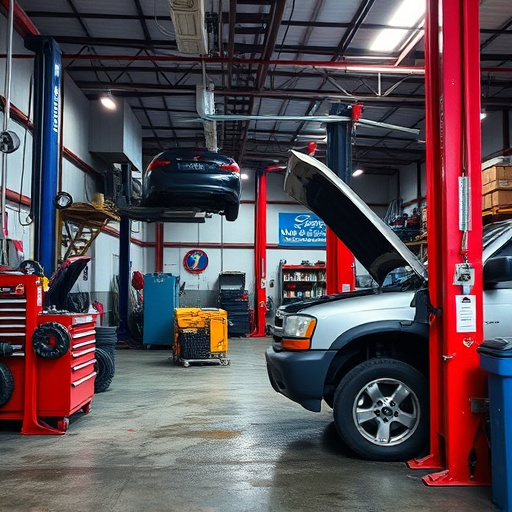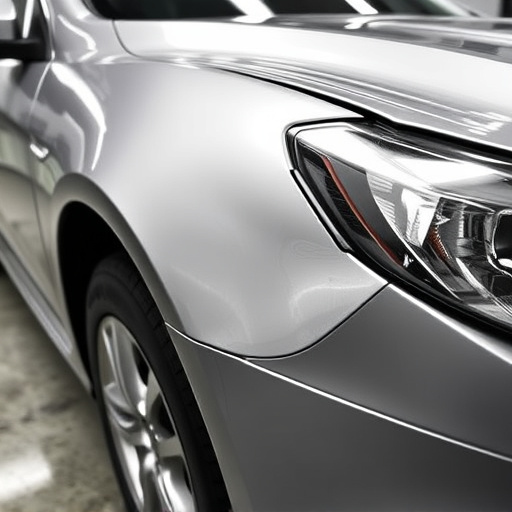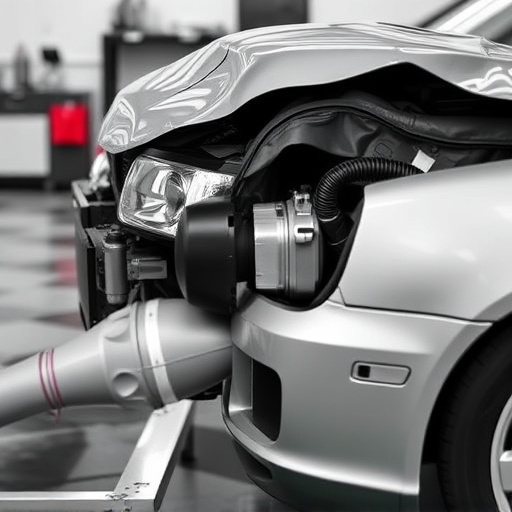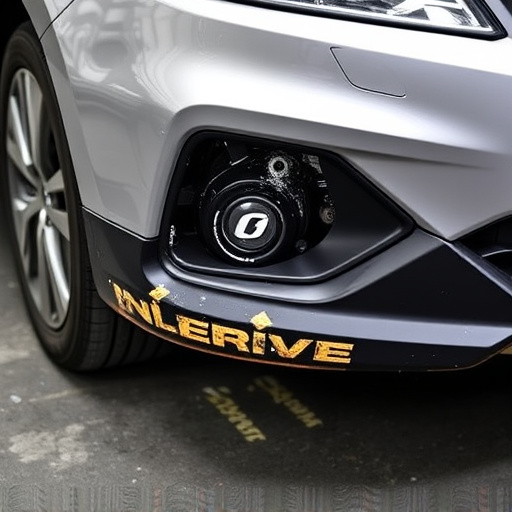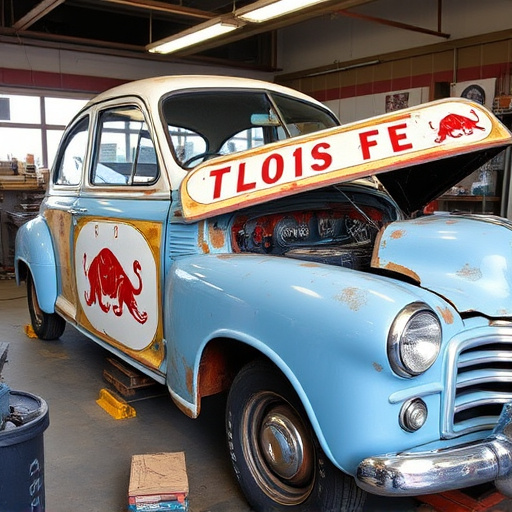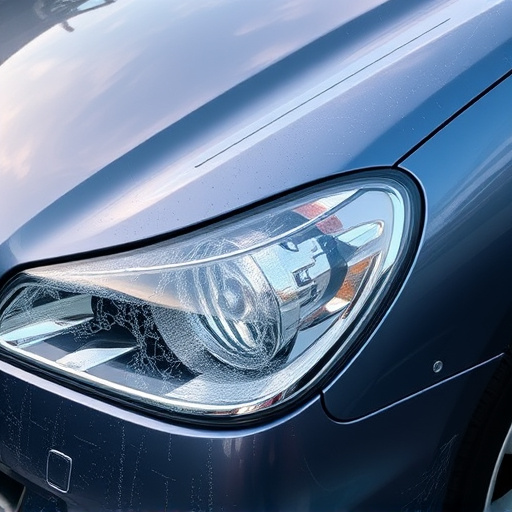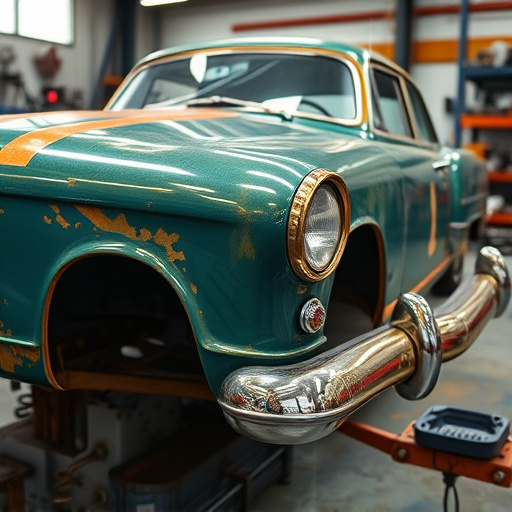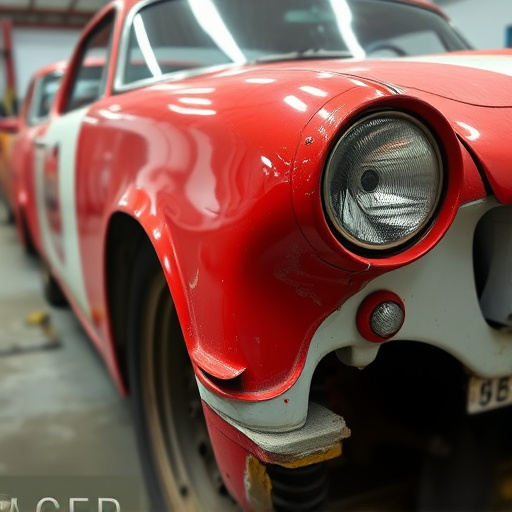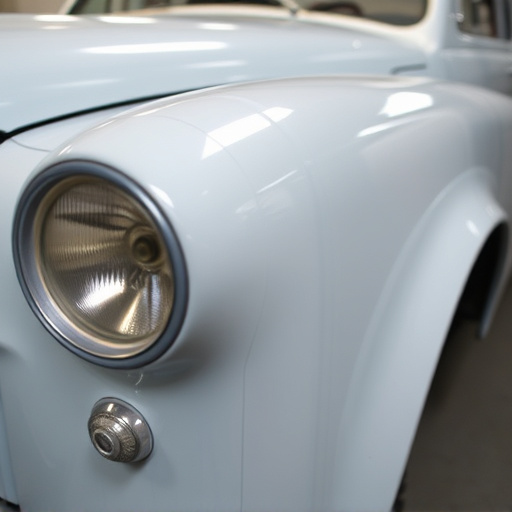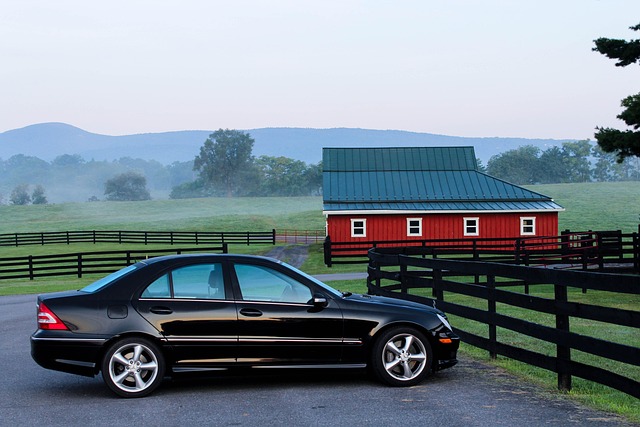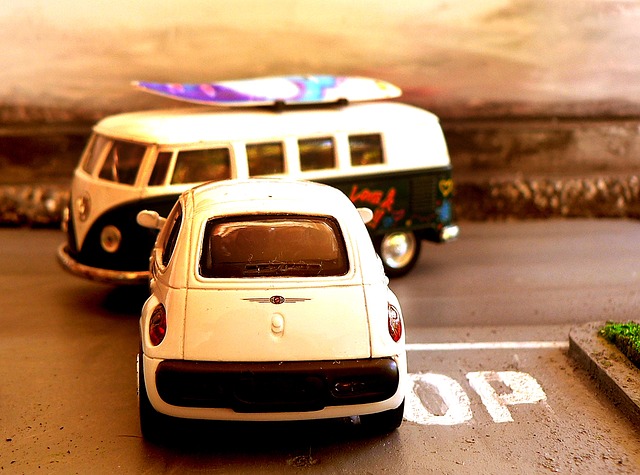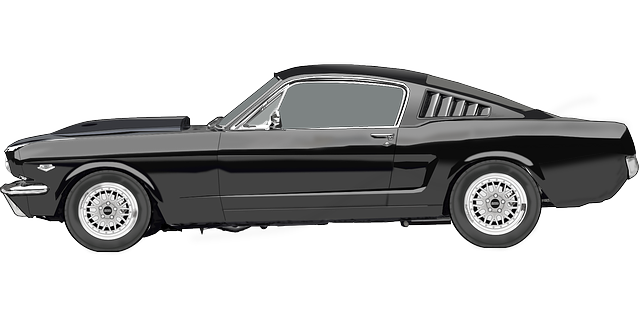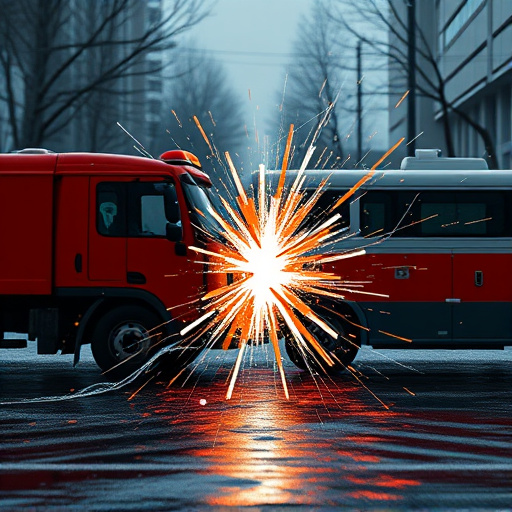MIG welding collision repair has transformed the industry with its precision, efficiency, and versatility. This modern technique offers faster turnaround times, reduced waste, and stronger bonds compared to traditional methods. Skilled technicians overcome challenges through advanced tools, meticulous planning, and best practices to ensure high-quality repairs that extend vehicle bodywork lifespan.
Is MIG welding still a viable option for collision repairs? In an era dominated by modern, advanced techniques, this traditional method stands its ground. This article delves into the world of MIG welding collision repair, exploring its pros and cons. We’ll compare it to modern alternatives, highlight its advantages, and uncover common challenges faced by professionals. By the end, you’ll understand why MIG welding remains a valuable skill in the automotive repair landscape.
- Traditional vs Modern Repair Methods: A Comparison
- Advantages of MIG Welding for Collision Repairs
- Common Challenges and Best Practices in MIG Collision Repair
Traditional vs Modern Repair Methods: A Comparison
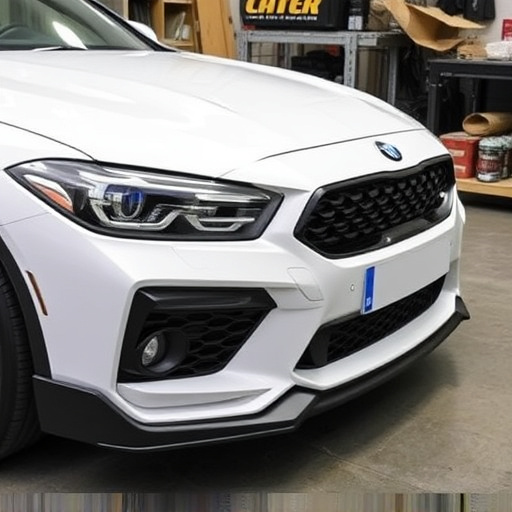
In the realm of collision repair, traditional methods like manual hammering and putting have long been the go-to for fixing dents and dings. However, with advancements in technology, modern techniques such as MIG (Metal Inert Gas) welding collision repair have emerged as a game-changer. One of the key benefits of MIG welding is its precision; it allows for intricate and detailed repairs that are often hard to achieve with manual methods. This is particularly useful when dealing with complex car dent removal or automotive restoration tasks.
Furthermore, MIG welding offers faster turnaround times compared to traditional repair approaches. Modern techniques like automated body shop systems and robotic arms streamline the process, enabling auto glass repair and overall collision repair services to be completed more efficiently. In today’s fast-paced world, where convenience is paramount, this efficiency becomes a significant selling point for many repair shops.
Advantages of MIG Welding for Collision Repairs
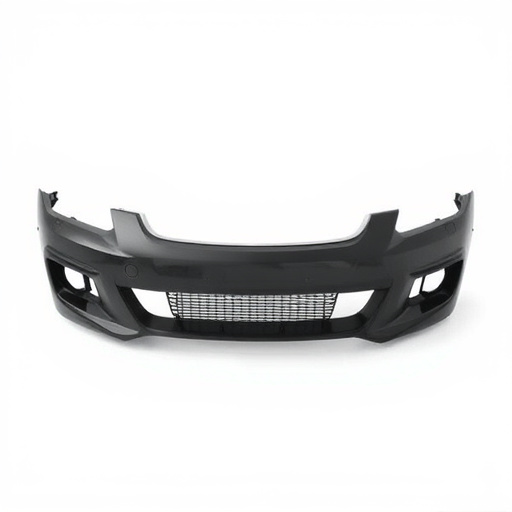
MIG welding has established itself as a go-to method for collision repairs due to its precision and efficiency. This modern technique allows for precise metal fusion, ensuring strong and durable bonds between components. In automotive collision repair, this translates to faster turnaround times and reduced material waste, making it an eco-friendly option. Moreover, MIG welding is versatile; it can handle various metal types commonly found in vehicle construction, facilitating seamless repairs on different car parts, from panels to frames.
The process involves feeding a wire through a gun, which is then heated to create a melt, resulting in a continuous weld. This method offers significant advantages over traditional techniques like spot welding. It enables technicians to make complex and intricate repairs, including precise corner and edge welds, which are crucial for achieving seamless car paint repair and restoring the vehicle’s structural integrity. MIG welding also facilitates easier access to hard-to-reach areas, making it ideal for addressing subtle dents and scratches repair without compromising overall aesthetics.
Common Challenges and Best Practices in MIG Collision Repair
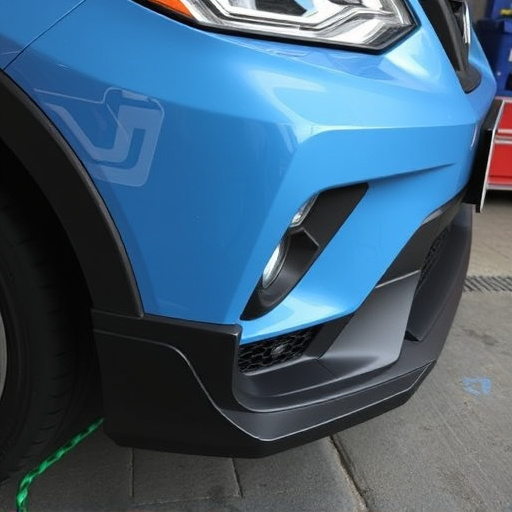
The process of MIG welding collision repair involves several challenges that require skilled professionals and top-notch equipment. One of the primary hurdles is achieving precise alignment during the repair, as even minor misalignments can result in visible defects after the weld is complete. This is particularly crucial in car bodywork services where customers expect flawless finishes. Skilled technicians mitigate this by utilizing advanced measuring tools and carefully planning repairs before beginning.
Best practices in MIG collision repair emphasize thorough preparation and quality control. Surface cleaning, proper joint fitting, and using the right welding parameters are essential steps to ensure robust welds. Additionally, regular calibration of welding machines and routine maintenance of tools contribute to consistent outcomes. These measures not only enhance the quality of dent repair but also extend the lifespan of the vehicle’s bodywork, underscoring the ongoing value of MIG welding in collision repair services.
In light of the above discussions, MIG welding collision repair remains a highly valuable skill set in the automotive industry. Despite challenges like material compatibility and training requirements, its advantages—such as faster repair times, stronger bonds, and reduced waste—make it a competitive choice compared to traditional methods. For repair shops equipped with modern equipment and adhering to best practices, MIG welding offers a promising path forward for efficient, high-quality collision repairs.
